USNI News polled its writers, naval analysts and service members on what they consider the most important military and maritime stories in 2017.
The following is part of a series. Please also see Top Stories 2017: Navy Acquisition, International Acquisition, Navy Operations, Marine Corps Operations, Marine Corps and Coast Guard Acquisition and New Administration.
Argentine Armada Loses 44 Sailors in ARA San Juan Disaster
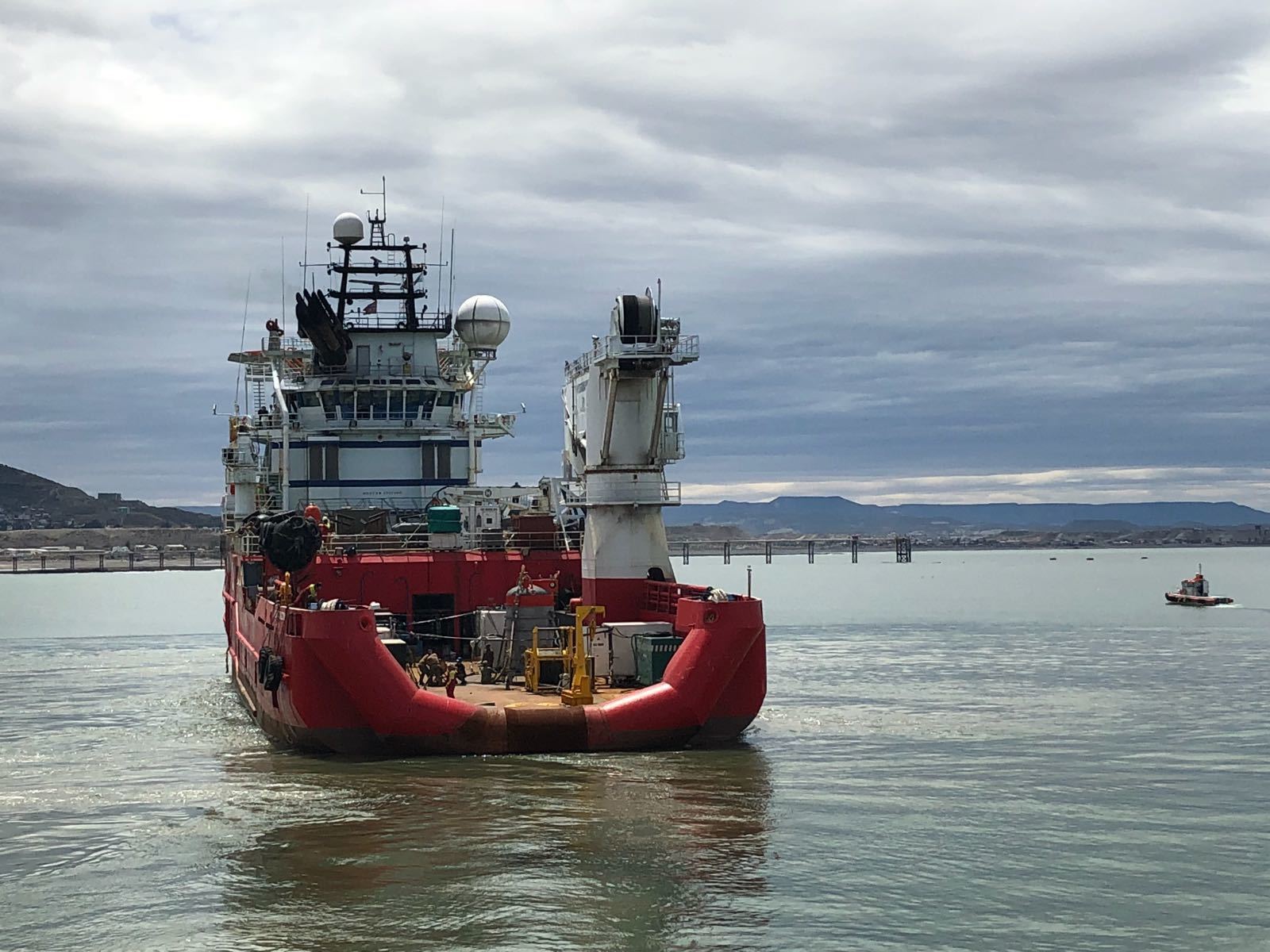
An international search for the crew of a missing Argentine Armada diesel-electric submarine ended with the 44 sailors aboard ARA San Juan presumed lost at sea.
Searchers from 18 countries “scanned 557,000 square nautical miles of the South Atlantic Ocean surface and 1,049,479 square nautical miles undersea through radar exploration, without any contact with San Juan or finding evidence of the sub’s location such as life rafts or debris,” USNI News reported.
The submarine, a German-built TR-1700 that had completed a mid-life upgrade in 2013, was operating in the Southern Atlantic when it lost contact with the shore on Nov. 15.
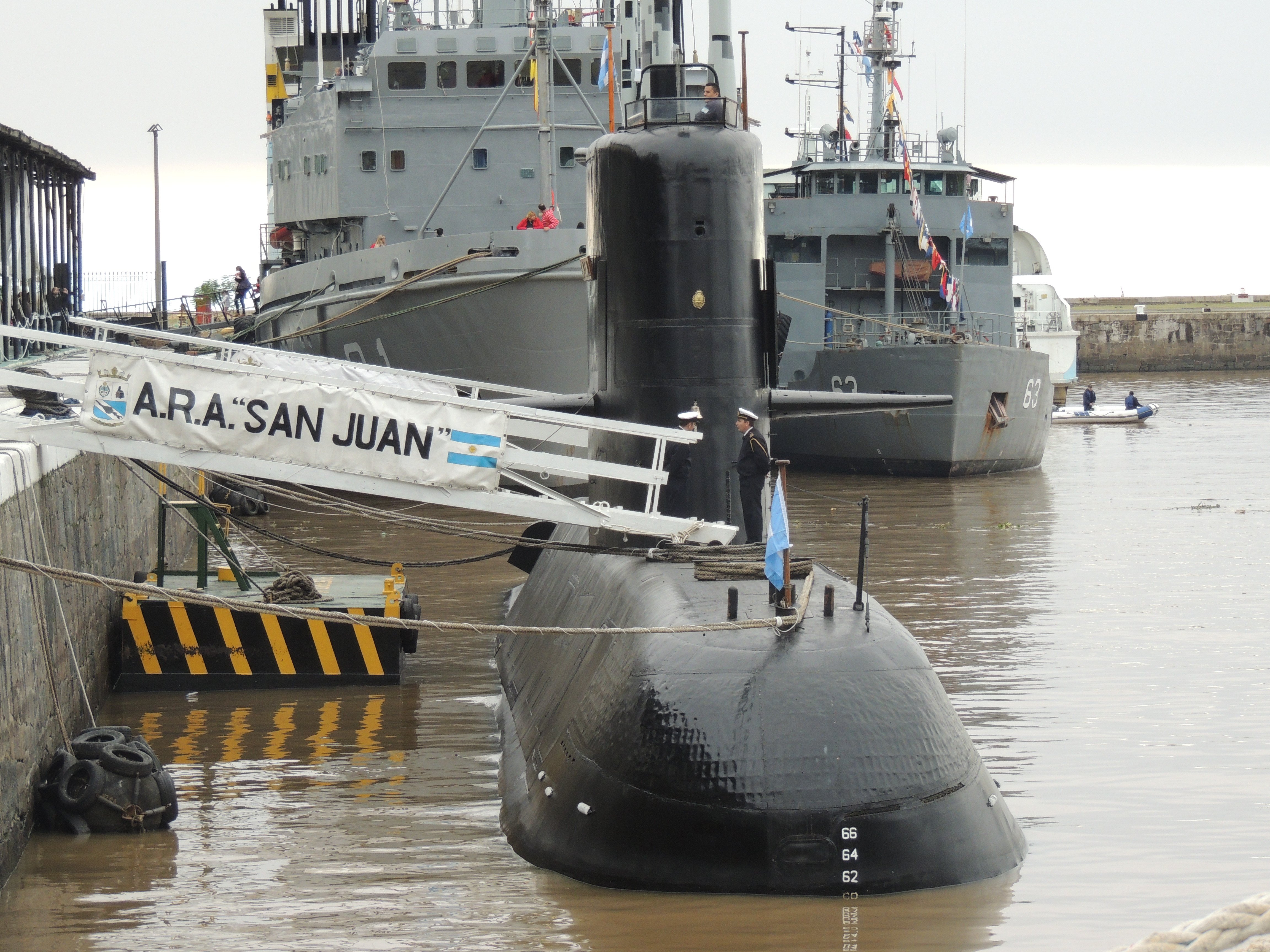
Since the loss, Argentine officials have raised questions on the repairs and have begun an investigation into the loss of the submarine.
Russia Suffers Troubled Carrier Deployment After Losing Two Fighters in Accidents
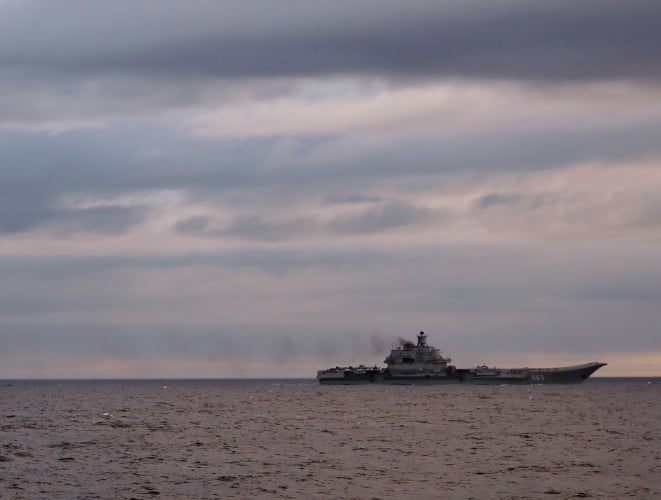
In early January, the Russian Navy ended a troubled deployment of its sole aircraft carrier to the Eastern Mediterranean.
On orders from President Vladimir Putin, the Russian Navy deployed a strike group based around the 1980s-era Admiral Kuznetsov carrier.
“Russian forces in Syria claimed naval aviation conducted more than 400 sorties in the two months but did not specify if the assets were based on land or came from the carrier,” USNI News reported at the time.
“During the weeks Kuznetsov was operating off of Syria, the air detachment lost two fighters due to a chain of failures that began with malfunctions in the carrier’s arresting gear.”
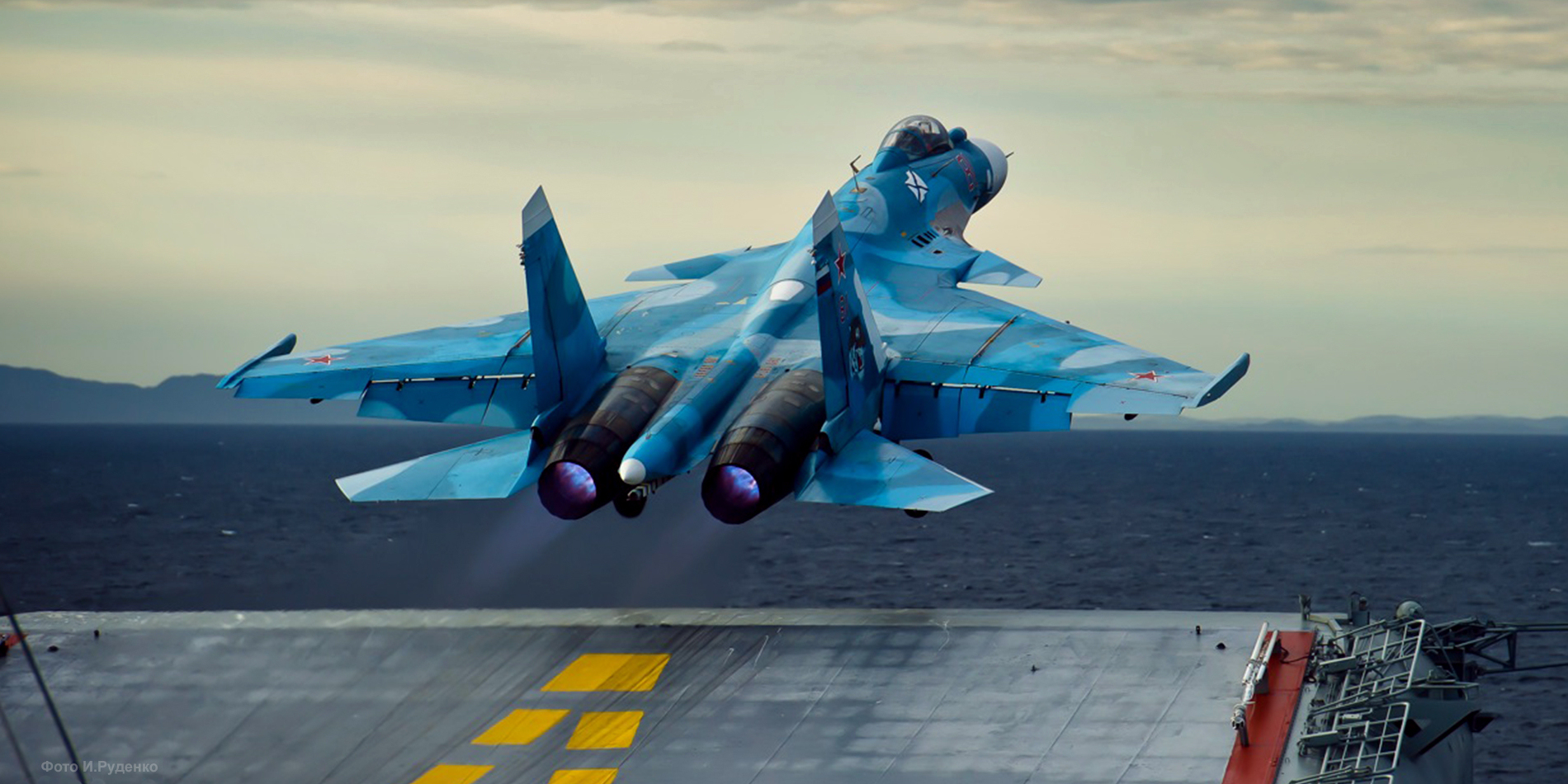
In one instance, a jet crashed while approaching the carrier for landing due to loss of fuel to the engine. In the second mishap, a jet skidded off the carrier after the arresting device broke.
Admiral Kuznetsov, battlecruiser Peter the Great, two Udaloy-class guided-missile destroyers and auxiliaries left for the Russian Navy Northern Fleet base at Severomorsk after two months of operating in the Mediterranean in support of the Syrian government of Bashar al Assad.
The ship is now scheduled to undergo a mid-life maintenance period before its next deployment.
Japan Sends Largest Warship to the South China Sea
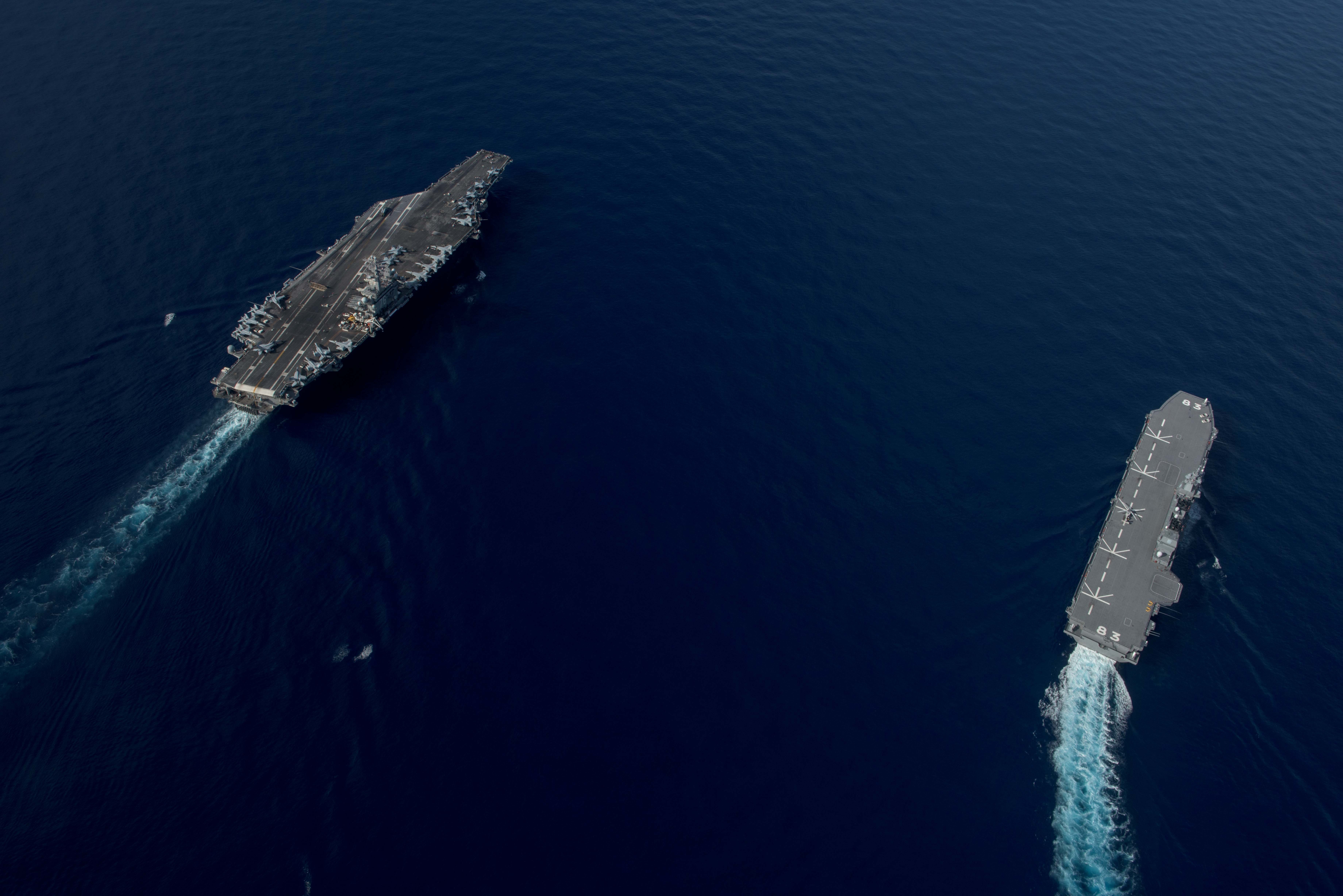
Japan drew the ire of China when it sent its largest warship to drill with the U.S. in the South China Sea for the first time in June.
JS Izumo, one of two Japanese Maritime Self Defense Force 24,000-ton helicopter carriers, steamed on a three-month deployment on a tour of the South China Sea. The ship left Japan on May 1 to escort American replenishment ship USNS Richard Byrd (T-AKE-4), a first for Japanese naval forces. Before a recent reinterpretation of the Japanese pacifist constitution, Japanese forces weren’t allowed to come to the direct aid of their allies. The new arrangement gives the JMSDF more latitude to operate further afield from their home waters in conjunction with allied forces, including the South China Sea.
The ship also represented Japan during the Singapore’s International Maritime Review and then made port visits to Vietnam, Indonesia, Sri Lanka and the Philippines.
Beijing has repeatedly warned against Japan operating in the South China Sea and frequently cites the actions of Imperial Japan in World War II as reasons why Tokyo should stay closer to home.
“I want to remind the Japanese side that they are not a party concerned in the South China Sea issue and that they have a disgraceful history of occupying China’s Xisha and Nansha Islands during its war of aggression against China,” Chinese Foreign Ministry Spokeswoman Hua Chunying said in March, The Japan Times reported.
Japanese officials have said Izumo and its sister ship Kaga are meant only to operate helicopters.
However, in late December reports said Tokyo is considering refitting the ships to field F-35B Joint Strike Fighters.
Russian Navy Loses Surveillance Ship After Collision in the Black Sea
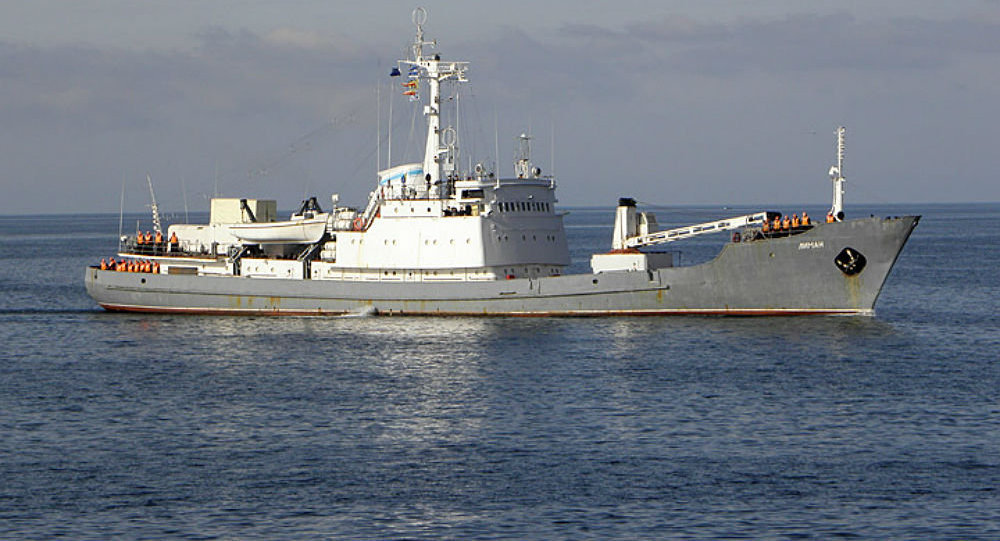
The Russian Navy suffered an embarrassing loss when its surveillance ship Liman sank after a collision with a merchant ship shortly after entering the Black Sea. The ship was on its way home after a three-month deployment in the Mediterranean in support of the Syrian regime.
“On April 27 at 11:53 Moscow time, in the southwestern part of the Black Sea, 40 kilometers northwest of the Bosphorus Strait, the research vessel of the Black Sea Fleet, the Liman, as a result of a collision with the Ashot-7 vessel… received a starboard hole below the waterline,” read a government statement, as reported in Russian media.
Turkish rescue teams quickly recovered the crew of Liman, but the ship quickly sank.
The loss of the surveillance ship is indicative of how Russia is pushing its surface fleet since tensions with the West have risen since the Russian seizure of Crimea in 2014, Magnus Nordenman wrote for USNI News.
“The Liman accident should serve as a reminder that the maritime domains around Europe are once again contested, and busy with a Russian navy with remarkable ambitions,” he wrote.
Saudi Frigate Attacked by Unmanned Drone Boat
On Jan. 30, the Royal Saudi Navy frigate Al Madinah (702) was attacked by an unmanned powerboat laden with explosives.
U.S. investigators determined the craft was likely an Iranian-built Shark-33 boat operated by Houthi factions in Yemen.
Video of the attack obtained by USNI News showed a small boat approaching the port quarter of the frigate at high speeds in a straight line before detonating at the waterline below the flight deck, USNI News reported at the time. The video indicated the force protection forces on the frigate did not challenge the craft as it approached.
“What makes the Shark 33 so dangerous isn’t just that it can explode. It has a guidance system allowing it to track and hit a moving target without an operator on board, so the boat can be deployed to blow up a ship without sending someone on a suicide mission. The computer and sensors serve as that unmanned guidance system for the Shark 33—and they are supplied by Iran,” the Pentagon said, according to Ars Technica.
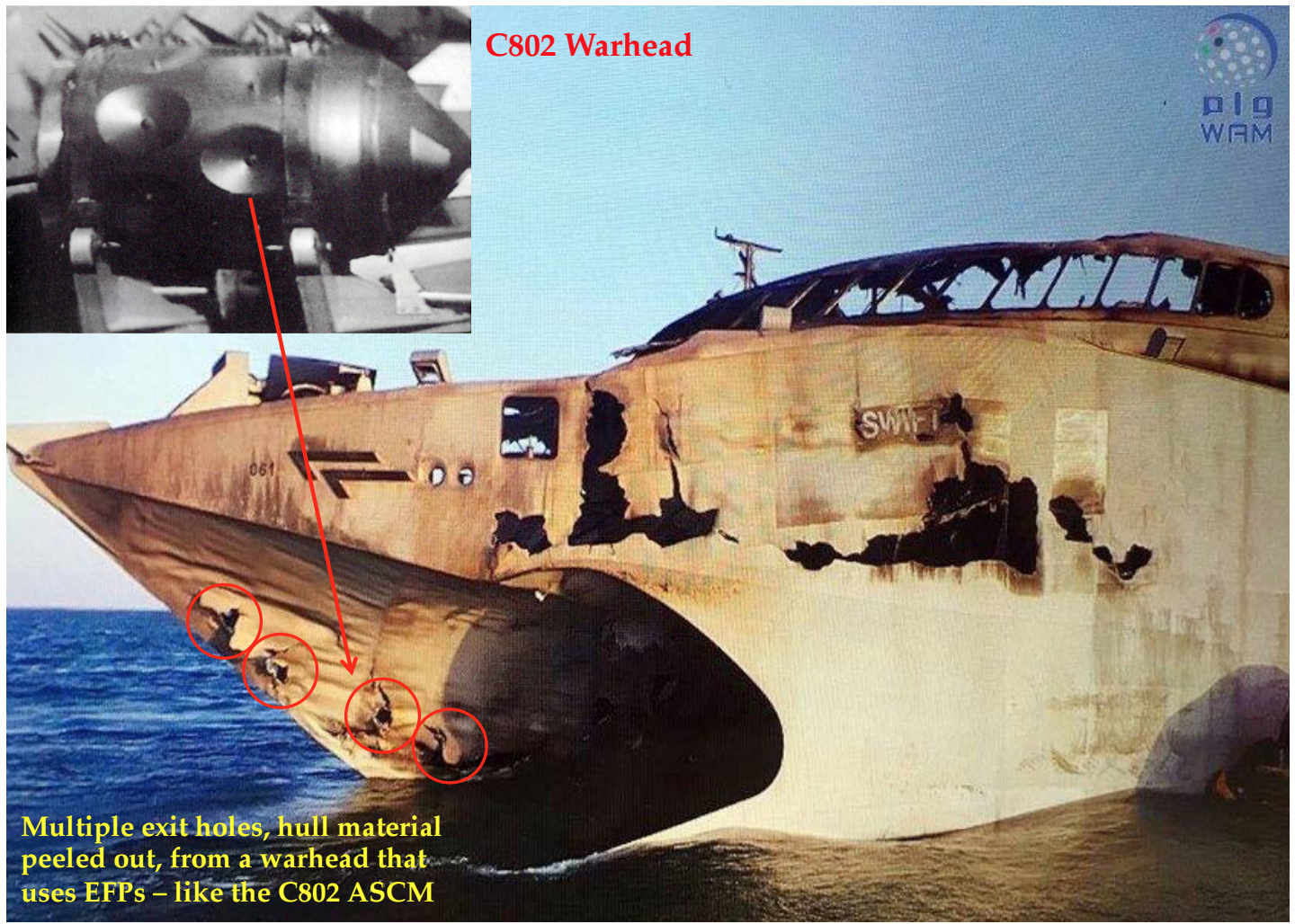
Like the guided missiles that destroyed the UAE-contracted HSV Swift and were fired at U.S. ships in the Bab el-Mandeb strait in late 2016, the U.S. and international partners determined the weapons were part of a stream of arms that have entered the Yemen conflict from Iran.
In December, U.S. Ambassador to the U.N. Nikki Haley highlighted missile fragments discovered from Houthis on attacks in Saudi Arabia and from the attack on Al Madinah as evidence of Iran meddling in the Yemeni conflict.
“The weapons might as well have had ‘Made in Iran’ stickers,” she in a press conference on Dec. 14.
Bilateral Russia-China Drills Expand to Baltic Sea, Sea of Japan
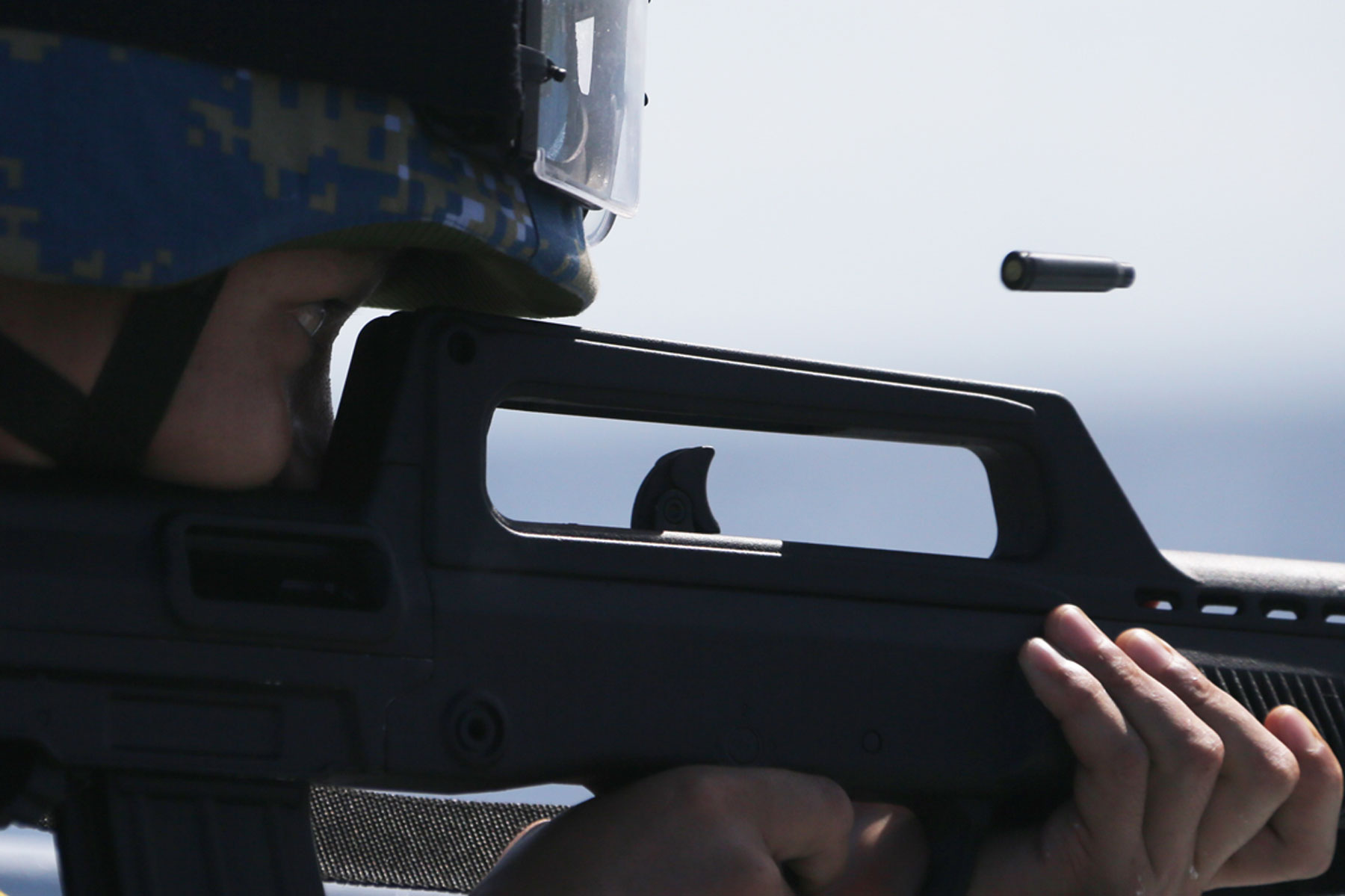
Russian and Chinese forces continued to expand a series of bilateral naval exercises with drills in the Baltic Sea over the summer and in the Sea of Japan in late September.
Joint Sea 2017 is the sixth year of exercises between the two navies, following the first iteration of the drills in 2012. The Baltic portion included a People’s Liberation Army Navy flotilla consisting of a destroyer, frigates and a support ship that joined ten Russian Navy ships for several days of higher-end exercises. According to Chinese state press, the drills included “ship-to-sea firing by secondary cannons, air defense, joint landing and inspection, maritime search and rescue and underway replenishment.”
Since 2014, the Baltic has become a more tense operating area as Russia and NATO countries have stepped up their operations in the region. The addition of military forces from China, which has growing economic interests in Europe and strong energy ties to Russia, has increased angst in the West.
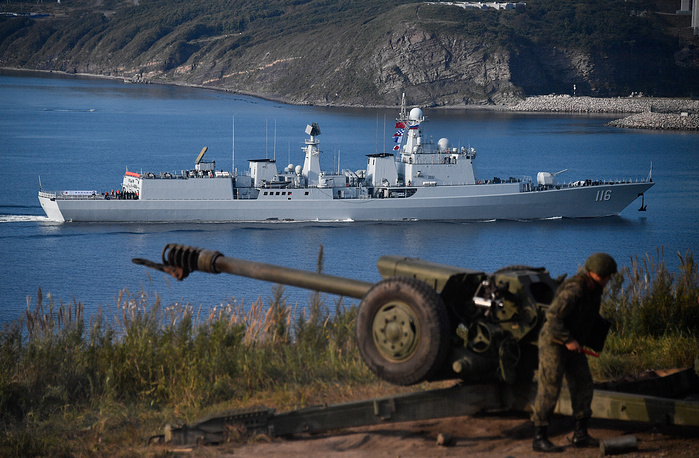
While both Moscow and Beijing said the drills weren’t focused on a particular nation, Joint Sea 2017 ran a few weeks after the NATO-led BALTOP drill.
In September, a dozen ships from the PLAN and the Russian Navy converged in the Sea of Japan for drills as the second part of Joint Sea 2017 exercises.
“During the entire week-long drills, major Chinese and Russian fleets conducted a string of highly challenging joint operations, including air defense, anti-submarine and anti-fleet actions as well as maritime search and rescue,” read a report from Chinese state media.





